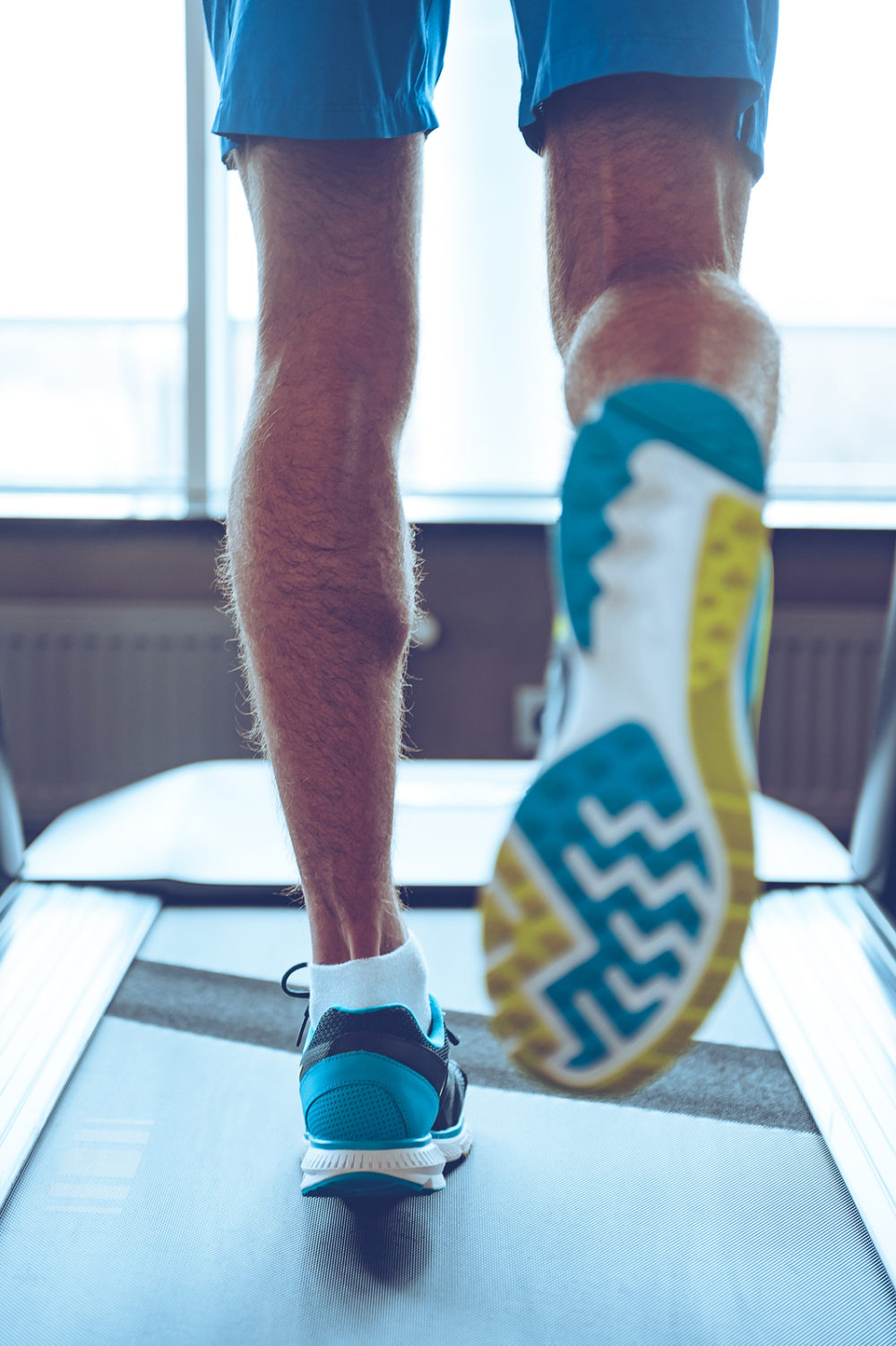Did you know that one in five men over the age of 50 will suffer a fracture due to weakened bones?

Osteoporosis is known as the “silent disease” affecting around 3 million people in the UK. It mainly affects older people by weakening bone strength and density making breaks and fractures a lot more common.
Worryingly our bone health starts to decline during our mid-30s but a new simple test of your finger and toenails can help you determine whether you’re at risk of osteoporosis.
TV’s Doctor Dawn Harper said,
“Osteoporosis is a condition often associated with older people, but our bone health starts to decline from our mid-30s, so early identification and intervention is critical to minimise risk and help manage osteoporosis later down the line.
“Knowing your risk from early on will allow you to make necessary diet and lifestyle changes.
“By combining a nutrient-rich diet, inclusive of calcium and vitamin D, with weight bearing and muscle strengthening exercises such as walking, jogging and Pilates, you can help slow down bone loss, strengthen bones and reduce the risk of a breakage.
“This is especially relevant for those at increased risk of developing osteoporosis.”
Dr Dawn Harper’s Top Tips to Reduce Risk of Osteoporosis
1) Love your bones
It’s never too early to start thinking about your bone health – the more you can invest in healthy bones before your thirties, the stronger they will be for life. It’s also never too late to start looking after your bones, so whatever your age, keep reading and do all you can to protect your bones
2) Go for dairy
Bones need calcium, dairy products are a good source of dietary calcium but so are green leafy vegetables. If you are concerned about your calcium intake, talk to a pharmacist, GP or dietician about ways to increase intake which may include taking calcium supplements
3) Catch some rays
vitamin D helps your body absorb calcium and will also keep muscles strong and help prevent falls in older people. If you’re not getting enough sunlight in the winter months, eat foods rich in vitamin D which include dairy products, oily fish, fruit, vegetables and cereals or consider taking a supplement
4) Watch your weight
if your body mass index (BMI) is too high (above 24.9) or too low (below 18.5) it can put you at increased risk of osteoporosis
5) Stress your bones

Bones need to be used to stay strong – do something every day to stress your bones – walking, running or dancing are excellent ways to keep your bones healthy
6) Count those steps
Invest in a pedometer. We should all be doing 10,000 paces a day and if you have a sedentary job you may be horrified by how short you fall. Making sure you manage those 10,000 steps will mean you walk 7.5Kms a day and this will go a long way to protecting your bones for the future
7) Ditch the cigs
smoking increases your risk of thin bones, so speak to your pharmacist or GP about smoking cessation services and make it a priority now
8) Curb your drinking
Stick to recommended alcohol limits which are less than you may think – just 14 units a week. Drinking more will increase the risk of osteoporosis
9) Watch your fizz
CREDIT: ©-everett225-Depositphotosfizzy drinks can leach minerals from your bones making you more prone to osteoporosis
10) Assess your risk
if you think you are at risk, speak to your GP about whether you would be eligible for a DXA scan or you could consider the Osentia at home testing kit (available online at www.osentia.co.uk or www.superdrug.com)



